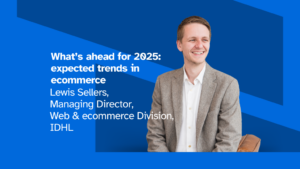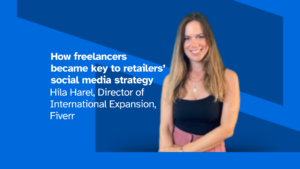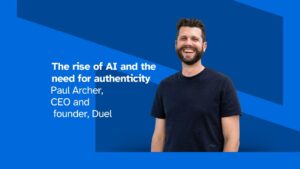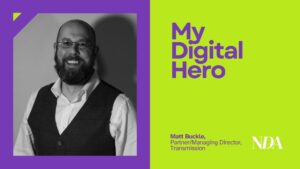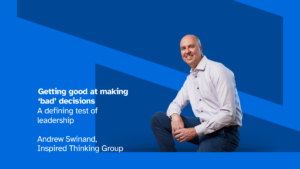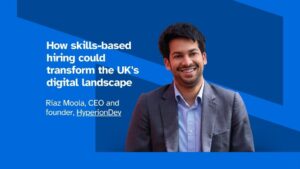By David Wayne, VP Human Resources, DoubleVerify
A business’s people are its greatest asset – especially when they are supported by a working culture that is equitable and intentionally inclusive. This includes championing diversity in all its forms, such as generational differences.
With Traditionalists, Baby Boomers, Gen X, Millennials, and Gen Z now sharing the same workspace, this mix of generations can undeniably deliver great value for an organisation. However, it’s important to recognise the potential challenges that may arise in multi-generational communication.
Building a shared working culture must account for generations having different priorities and varying styles of communication. Cross-generational workforces require a flexible style of leadership, and may have specific preferences in terms of how they are managed.
An open dialogue between members of multi-generational teams is important to fostering collaboration and driving productivity. Moreover, research has found that innovation can prosper in workforces that contain a range of viewpoints and experiences. According to The “Diversity and Inclusion (D&I) – Global Market Trajectory & Analytics” report 2022, diverse companies earn 2.5 times higher cash flow per employee and inclusive teams are more productive by over 35%.
Making it work
So, how can organisations maximise the benefits of a multi-generational team?
Employee experience is becoming an increasingly important topic in the business world, directly correlated to the improvement of profitability and employee well-being. Organisations must ensure that there is respect for, and investment in, all employees, regardless of identity or affinity. In the case of generational diversity, inclusion requires creating space to recognise and celebrate all age perspectives, and promoting our shared company values of passion, accountability, collaboration and trailblazing.
Team building exercises are an effective way to foster relationships and understanding among different generations, helping to identify shared values. Training that directly addresses generational diversity and increases awareness of each generation’s issues can break down these knowledge barriers. Similarly, the use of cross-generational mentoring can help with expertise sharing and bridging any gaps in understanding.
Business leaders seeking to harness the potential of a cross-generational team should ensure that employees at all levels are empowered to share ideas and have space in their schedules to innovate. This places a significant emphasis on creating a culture that is centred around employee empowerment and engagement.
DoubleVerify’s global Diversity, Equity, Inclusion and Belonging (DEIB) function empowers employees to share ideas and shape our culture of inclusion via our employee resource groups and DEIB Council. These employee-led initiatives support a range of partnerships, including with Bloom, a professional organisation for women in marketing and communications that drives greater representation of women in the industry. This collaboration is based on our shared values of cultivating an inclusive environment, that fosters the exchange of expertise via mentoring, advice, and new ideas across generations through a series of programs, and events, including the annual Bloom Fest conference, that equips women of all ages and role levels to thrive.
Space to innovate and flourish
Creating a culture that encourages idea-sharing and nurtures innovation at every level demands both a supportive environment and well-defined processes. Organisations should encourage employees at all levels to collaborate on stretch projects. At DoubleVerify, we host annual hackathons where employees from all departments work together to solve key business challenges. Likewise, organisations can create permanent ‘incubators’, including a dedicated space where employees are given room to research and experiment. It is also important to implement a rewards system that recognises employees for their contributions.
The goal is to create a learning culture, where failures are seen as opportunities to learn and part of the pursuit of continuous improvement. The good news is that diverse, multi-generational teams, with members from different backgrounds and professional levels, are more likely to spark creativity and innovation. Making your organisation attractive to workers of all ages is not only important from an operational perspective, it is a competitive advantage.
At DoubleVerify, we invest in people’s growth and development and continue to build a culture where diversity, equity, inclusion and belonging is celebrated. As part of our Code of Ethics, we are committed to creating Safe Workspaces in which all individuals are treated with respect. We actively seek to amplify the voices of underrepresented communities at DV, and empower each employee to bring their authentic selves to the workplace and to their roles.
By promoting a culture of open communication, respect, and support, leaders can create an environment where the skills and abilities of different generations all contribute to success.
DoubleVerify is a client of Bluestripe Group, publishers of New Digital Age.



